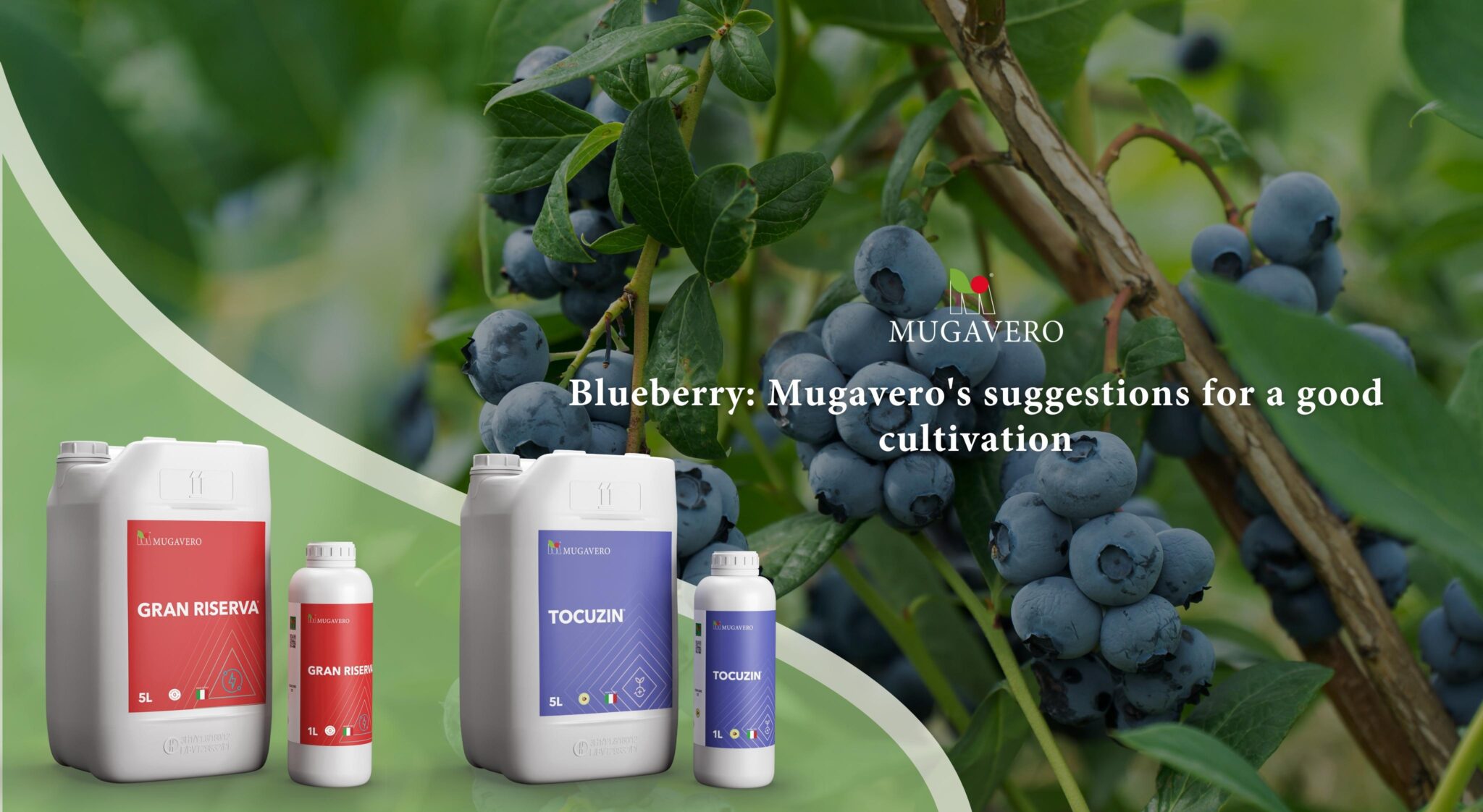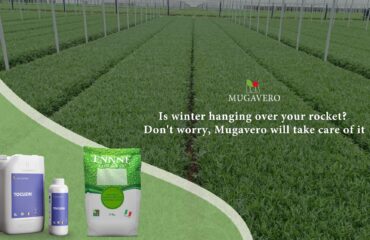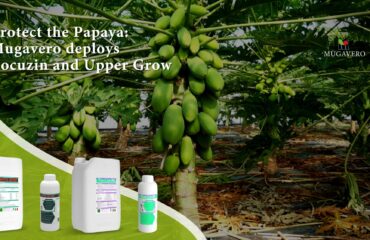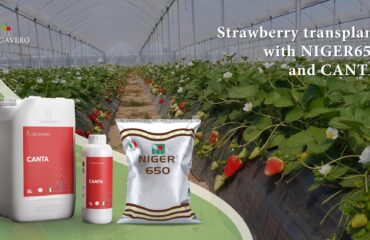
Small fruits continue to fascinate consumers and producers and confirm, once again, their growing trend and the increasingly prevalent diffusion of new plants in areas other than conventional ones. This is why, in addition to the strawberry, which remains the most cultivated species among small fruits, the blueberry (genus Vaccinium, Ericaceae family) is taking on a leading role. Thanks, above all, to the new cultivation techniques in a protected and soilless environment.
The characteristics of the blueberry
A spontaneous plant, very common in the northern hemisphere, the blueberry has wood and flower buds: the former are found in the basal part of the fruiting branch and are recognized by their smaller size and pointed appearance; the latter, present in the distal portion of the fruiting branch, are instead large, swollen and rounded.
Mugavero’s suggestions Gran Riserva on blueberry
For the blueberry, Mugavero suggests the foliar application of the Gran Riserva. As it allows better nutrition of the permanent and productive structures of the plant. Recalling that, being a non-residual treatment, it favours flower differentiation that proceeds with a basipetal trend along the growth axis of the fruiting branch. Without forgetting that, thanks to the presence of lignosulfonates, it gives the product marked surfactant and sequestering properties concerning the microelements present (Mn and Zn), which respectively confer better resistance to cold and greater resistance to pathogens. In summary, the treatment with the Gran Riserva allows to obtain a high uniformity and synchrony of budding and, at the same time, increases the vitality of the flower buds. The product should be applied during the enlargement of the buds: the treatment does not create causticity on the floral organs and does not interfere with the activity of pollinating insects.
Tocuzin on blueberry
Another important aspect of the cultivation of blueberries is the control of the main fungal and bacterial diseases (Phomopsis spp. And Pseudomonas syringe). In this direction, Mugavero proposes the use of Tocuzin, a resistance inducer containing Copper (Cu) and Zinc (Zn) complexed with citric acid. Characterized by low pH reaction and low molecular weight, Tocuzin is assimilated by plant tissues within a few hours, and this allows you to plan foliar interventions with serenity even in the presence of unstable weather. In addition to having a nourishing and disinfecting action on plant tissues, it also has a stimulating and invigorating action on vegetation.
Recalling, among other things, that the application of Tocuzin is allowed in organic farming. Finally, it should also be noted that if the mixture with Gran Riserva is suggested by foliar application (obviously respecting the doses indicated on the label), Tocuzin, given its systemic nature, can also be used in fertigation.
If this article on blueberry growing tips in the post-harvest was helpful to you, keep following us on our blog and our social channels: Facebook, Instagram, LinkedIn, YouTube

 Italiano
Italiano  English
English  Español
Español  Türkçe
Türkçe  Русский
Русский  العربية
العربية  Français
Français 


